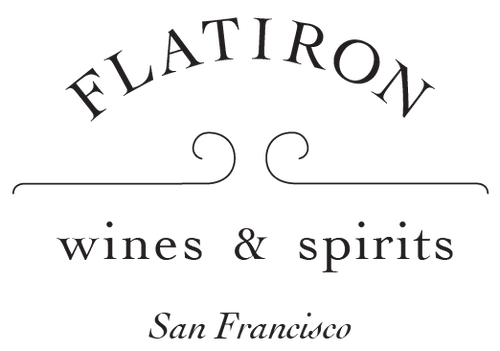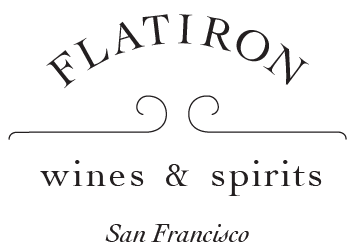Morgen Long
The Willamette Valley Chardonnay conversation has gained startling momentum over the last seven or eight years, and for good reason: the Chardonnays coming out of this region, one of North America's most exciting and dynamic,... Read More
The Willamette Valley Chardonnay conversation has gained startling momentum over the last seven or eight years, and for good reason: the Chardonnays coming out of this region, one of North America's most exciting and dynamic, have found a voice and become seriously compelling. Better genetic material, better farming practices, better understanding, and, frankly, better recognition have spurred a Chardonnay golden age in Oregon.
Although every single Chardonnay winemaker in the Valley is making some of the best wine of their life right now, the list of producers driving that explosive "When did these get so good?" conversation is a relatively small one. Mine would include just a few, in fact (and you've read about a couple of them here). But from Portland wine bars to Salem crushpads, there's at least one name that just about the entire Oregon wine industry agrees on: Seth Morgen Long.
Seth is a former sommelier who began working harvests in the Willamette Valley in 2009 and 2010. But it was a gig in Meursault, at Domaine de Montille, that cemented his passion for Chardonnay. "In Meursault," Seth says, "I discovered the blueprint for my life’s great work in the Willamette Valley."
He is unique in the Willamette Valley in his devotion to 100% Chardonnay production—a model that would have seemed ridiculous in Pinot country even ten years ago. But Oregon's pioneering spirit has proven more than once to be the perfect incubator for obsession, and when it meets tenacity and talent, as is the case with Seth's spectacular Chardonnays, wine lovers win.
The style is unmistakable, a study in reduction harnessed by bright, searing acid. Seth encourages turbidity in his musts and avoids sulfite additions at the press, allowing 3-24 hours of browning. Minimal sulfite additions are then introduced to inhibit oxidation. The must and solids then go into a mix of 228- to 500-liter barrels and puncheons for maturation. After malolactic is complete (Seth avoids bâttonage) and the wines have spent one year in barrel, they are transferred to stainless steel for further aging, and only bottled at 18 months. It is the encouragement of reduction combined with a focused hum of acidity and the gift of time before bottling that give his wines their signature balance.
Willamette Valley wine devotees will recognize Seth's favored sites. "I look for vineyards which are thin places, where the temporal and eternal seem to wear thin, and where the layers of farming, the interaction between human and vine, are most focused on revealing the spirit of place," he says.











